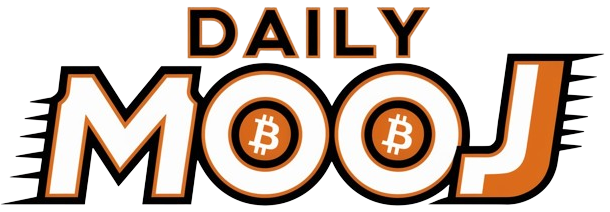Picture supply: Getty Pictures
It has been a very brutal few years for shareholders of Saga (LSE:SAGA), the supplier of bundle holidays, cruises, insurance coverage, and monetary companies focused on the over-50s market. The Saga share worth has plummeted over 75% from its highs in 2016, leaving buyers nursing heavy losses. So what has gone so disastrously mistaken for this one-time market darling?
What occurred?
The agency has been buffeted by an ideal storm of hostile elements. Brexit uncertainty dented client confidence and journey demand, whereas elevated competitors in its core insurance coverage enterprise from upstart digital rivals took a toll. The pandemic then proved an enormous physique blow, with cruise ships impounded and journey bookings disappearing nearly in a single day.
Though journey has recovered as Covid fears have receded, the agency is now battling quite a lot of financial elements. These embody the excessive price of dwelling, considerably squeezing its prospects’ disposable incomes and elevating its personal prices.
The corporate’s newest annual outcomes summed up the battle. Revenues have been down 10% versus pre-pandemic at £754m, with a £113m loss. With losses mounting, administration was compelled to faucet shareholders for a whopping £195m in a deeply discounted rights challenge to bolster its funds. Even after this money injection, the steadiness sheet stays leveraged with £770m in debt.
Indicators of optimism
So is there any gentle on the finish of the tunnel for long-suffering buyers? The corporate is taking steps to downsize, exiting some uneconomic tour working channels and decreasing headcount by 18% to save lots of £35m yearly. It sees development alternatives in areas like personal medical insurance coverage and residential companies tailor-made to its core over-50s demographic. That is considerably reassuring, with inhabitants demographics suggesting this could possibly be an actual growth space sooner or later.
Let’s check out the numbers, specifically the price-to-sales (P/S) ratio, because the firm is unprofitable. The ratio of 0.2 instances is way decrease than rivals within the sector, with a ratio of about 1.1 instances. There’s clearly quite a lot of negativity round this firm, however in some unspecified time in the future, the share worth might begin to make sense to even essentially the most sceptical investor.
Analysts usually forecast a return to profitability subsequent 12 months. The corporate itself forecasts very wholesome annual development in earnings of fifty% over the approaching years. That is nicely above the typical of the sector at 12.3%, however estimates have proved wildly unreliable in terms of the corporate. “Saga stays in turnaround mode however visibility is low“, one dealer cautioned. Even when earnings recuperate, the heavy debt load might imply any positive aspects get captured by collectors somewhat than fairness holders.
Total
With the Saga share worth buying and selling at only a quarter of its 2017 peaks, some contrarian worth buyers could also be tempted to take a big gamble on a turnaround. However the highway forward appears difficult. With intense competitors from youthful, digital-savvy rivals, financial challenges, and a precarious steadiness sheet, I’m not hopeful. Shareholders have endured a making an attempt odyssey — and their battered funding might sadly by no means regain its former glory days. I’ll be staying clear for now.

